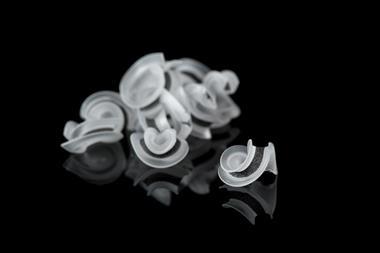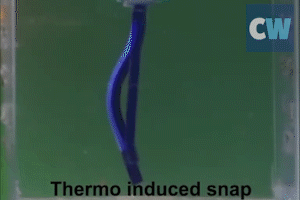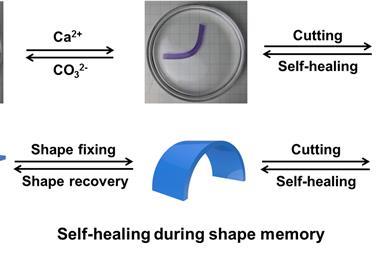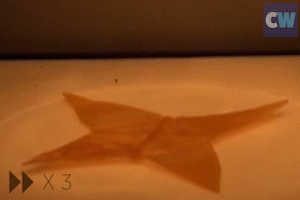Combining 3D printing, a shape memory composite and photoresponsive substances, chemists have created a beautiful flower that blooms when exposed to light. This material could bring new opportunities for the development of smart biomimetic devices and soft robotics.
Stimuli-responsive 3D printed devices are quite scarce due to the lack of ‘printable’ functional materials. Moreover, most of these devices respond to temperature changes, and very few are able to react to other stimuli like humidity, chemical changes or light. Now, a team led by Xiaodong Chen, a materials scientist at Nanyang Technological University in Singapore, created a modified polyurethane that shows shape memory and recovers its original shape when illuminated.
They used polyurethane because of its shape recovery ability, then mixed it with small amounts of carbon black to make it light responsive. When illuminated, carbon black generates heat, which is the activator for the polymer’s shape recovery. To demonstrate the composite’s memory response, researchers created a 3D printed sunflower that mimics the natural heliotropism of this family of plants. The photoresponsive sunflower blooms in less than 5 minutes when exposed to either sunlight or a xenon lamp.
Luminous triggers have attracted the interest of the researchers because of their huge versatility: they’re fast, can be easily and accurately focused and can be remotely activated.
References
H Yang et al, Adv. Mater., 2017, 1701627 (DOI: 10.1002/adma.201701627).


























No comments yet